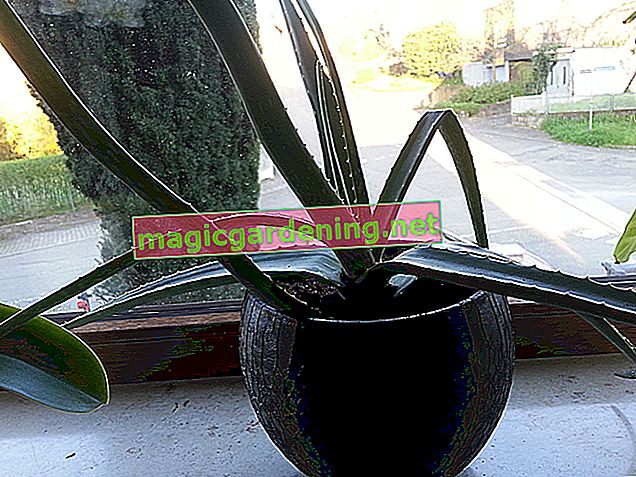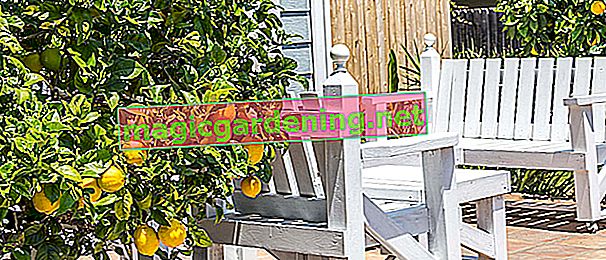
Well known poisonous plant
The effect of the poison of the Diffenbachia has long been known. In the inhuman times of slavery, for example, unpleasant Witnesses were forced to eat from the leaves and were silenced by this measure.
also read
- The berries of the laurel cherry: decorative but unfortunately poisonous
- Unfortunately the Echeveria is slightly poisonous
- The partridge berry is inedible but not poisonous
The active ingredients
- Oxalic acid
- Calcium oxalate needles
- Saponins
- Cyanogenic glycosides
- Sharp substances
- Alkaloids
All parts of the plant (leaves, petioles, and the stem) are poisonous to humans, cats and other pets.
How does the poison work?
If you touch the plant, the poison has a similar effect to a snakebite. The calcium oxalate needles injure the skin, allowing the toxic agents to penetrate deeply. Painful skin irritation is the result.
When eating parts of the Diffenbachia, the mucous membrane first burns and blisters form in the mouth. The mucous membranes, lips and tongue swell significantly. This leads to speech disorders and can even lead to suffocation.
If juice from the Diffenbachia splashes in the eye, it starts to tear heavily. Lid cramps and severe inflammation occur as a result.
First aid measures
If a baby or a cat accidentally nibbled on the Diffenbachia, you should remove all parts of the plant that are still in the mouth as quickly as possible. Then have the affected person rinse out their mouth. It makes sense to drink fluids, but you should never give milk to drink, as this promotes the absorption of toxins. If juice from the Diffenbachia gets into the eye, rinse it out immediately.
In any case, consult a doctor afterwards!
Tips
Due to its toxicity and danger, the Diffenbachia should not be cultivated in households with a baby, small child or pets.









